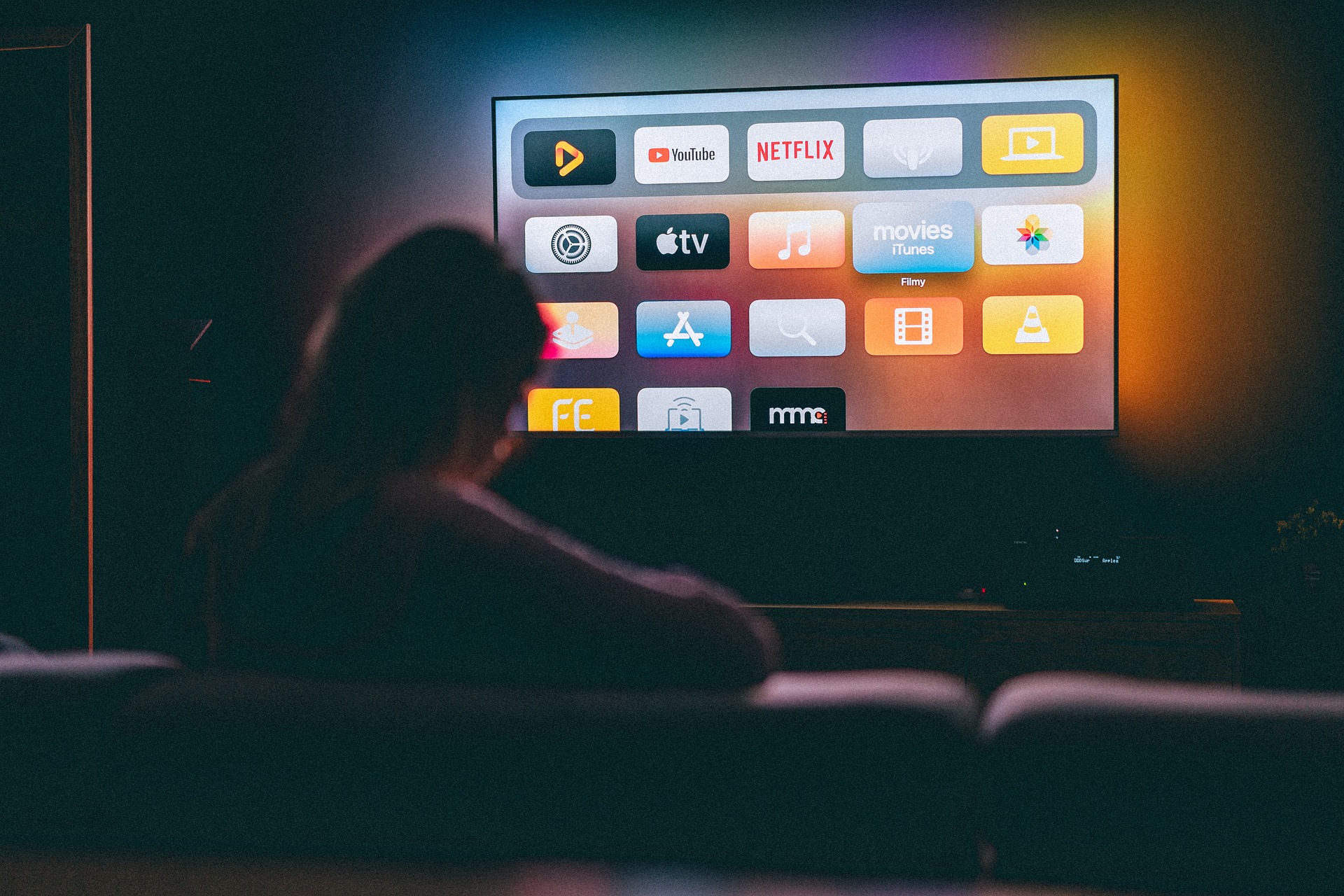A Symphony in the Dark: The Resurgence of Sensory Concerts
An artistic trend is quietly sweeping the globe, trading the visual spectacle of traditional concerts for an immersive auditory experience. Sensory concerts—live performances experienced in complete darkness—are capturing audiences' imagination, offering a fresh and innovative approach to music appreciation. This article delves into the origins, evolution, and impact of this fascinating trend.

From Origins to Modern Revival
The concept of a sensory concert isn’t new. The idea traces its roots back to the 19th-century “Concerts in the Dark” by French pianist and composer Érik Satie. Satie’s vision was to remove visual distractions, allowing audiences to focus solely on the music. His innovative approach was largely overlooked in his lifetime, but it has been rediscovered and reimagined in recent years.
Today, sensory concerts are gaining traction worldwide, from the underground music scene to prestigious concert halls. The resurgence can be attributed to several factors: the quest for unique experiences in the digital age, the growing appreciation for mindfulness, and the desire to reconnect with music on a deeper level.
The Sensory Concert Experience
In a sensory concert, the audience is led into a pitch-black room, guided only by the ushers’ voices and the faint glow of exit signs. Once seated, they are enveloped in darkness, heightening their sense of hearing. As the musicians begin to play, the audience embarks on a unique sonic journey, each note and melody experienced with a newfound intensity.
The Impact and Reception
The response to sensory concerts has been overwhelmingly positive. Critics praise them for their ability to strip music back to its essence and create a communal listening experience. Audiences report heightened emotional engagement, with many describing the experience as transformative.
The trend has also sparked discussions about accessibility in the arts. Sensory concerts provide an inclusive space for visually impaired individuals, highlighting the need for more accessible performances in the industry.
A New Artistic Movement
Sensory concerts represent a broader movement toward experiential and immersive art forms. They challenge our traditional understanding of concerts, pushing the boundaries of how music can be experienced and appreciated. As this trend continues to grow, it could shape the future of live music and pave the way for more innovative artistic expressions.
In conclusion, the resurgence of sensory concerts is a testament to the enduring power of music. By removing visual distractions, these concerts invite us to listen more closely, feel more deeply, and experience music in its purest form. As we navigate the cacophony of the digital age, perhaps the sensory concert provides a much-needed moment of clarity and connection—a symphony in the dark.




